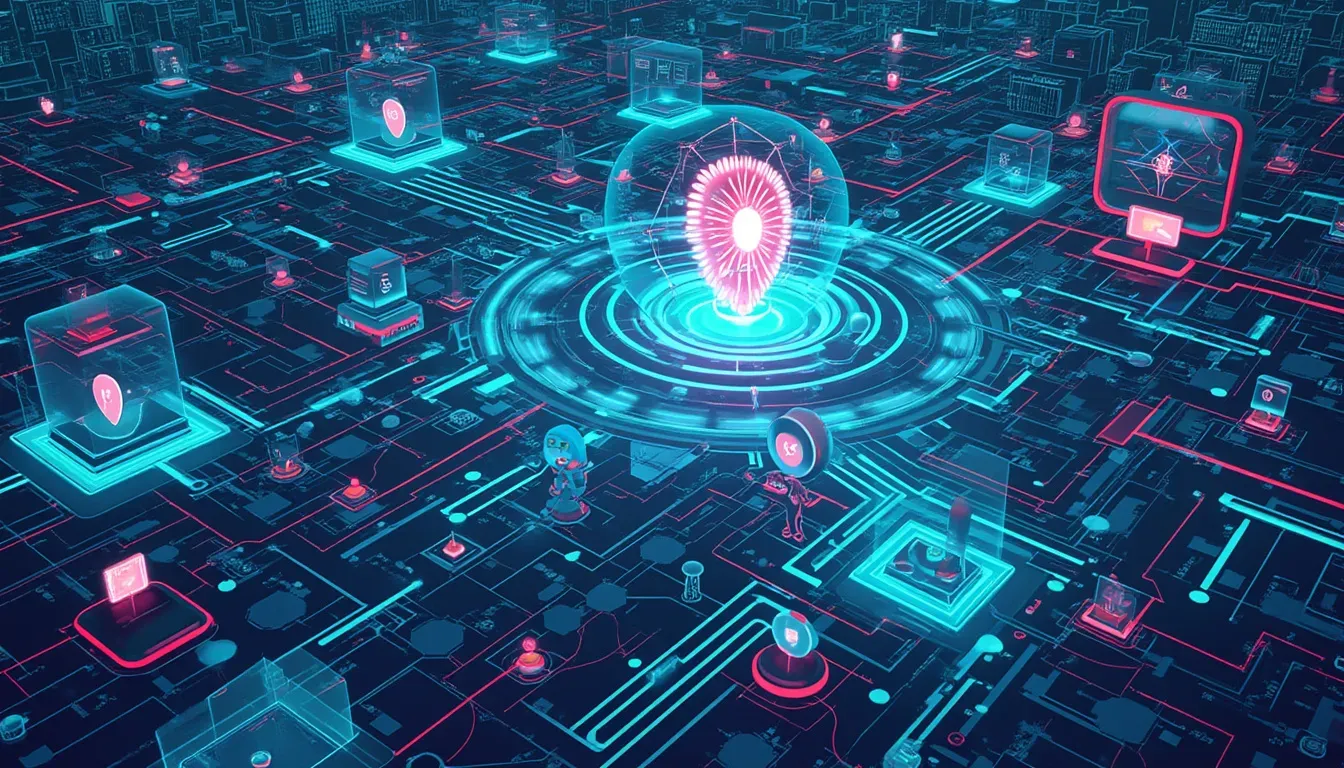Reflecting on Past Predictions
Before exploring the anticipated cybersecurity trends for 2025, let's examine the accuracy of last year's predictions to assess their validity.
Adopting Passkeys Over Passwords
A significant prediction was the adoption of passkeys to replace traditional passwords, leveraging FIDO passkey technology. Over the past year, there's been a noticeable shift in this direction. A password management company reported storing 4.2 million passkeys, indicating a substantial uptick with one in three users now storing them. Additionally, twice as many websites now accept passkeys, denoting a trend that is expected to persist.
The Rise of AI-Enhanced Phishing
Generative AI's utilization in crafting phishing emails has proven accurate. Enhanced by AI, these phishing attempts are notably more sophisticated, well-written, and personalized, diminishing the traditional red flags such as grammatical errors. As a result, phishing defense strategies must evolve concurrently to counteract these advancements.
Deepfakes in Action
Predictions regarding deepfakes also materialized quickly. Shortly after the previous prediction, a significant incident involved a deepfake impersonation of a CFO that duped an employee out of $25 million. Moreover, during the early 2024 US elections, a deepfake robocall mimicked Joe Biden’s voice to influence voter behavior, underscoring the need for regulatory measures in combatting deepfake-related risks.
Addressing AI Hallucinations
The prediction about AI hallucinations concerning truth accuracy also held true, highlighted by a personal anecdote involving a chatbot's incorrect pace conversion between kilometers and miles. While AI's accuracy is improving, the issue persists, requiring continued refinement.
Securing AI Deployments
Securing AI applications emerged as a critical concern, aligning with prior predictions. This focus has been reaffirmed by client interactions over the past year. The challenge persists: how to robustly secure AI implementations against increasing threats.
Utilizing AI for Cybersecurity
The potential for AI to enhance cybersecurity was another accurate forecast. Technologies like retrieval-augmented generation are beginning to show promise in streamlining analyst tasks by efficiently answering questions, indicating a supportive role for AI in future cybersecurity strategies.
Cybersecurity Forecasts for 2025 and Beyond
Looking ahead, we continue to see AI as a pivotal player, with both risks and benefits.
Shadow AI: An Unapproved Menace
The impending rise of unsanctioned AI deployments, termed "shadow AI," presents a profound risk. With AI becoming ever more accessible, unauthorized use—whether in cloud environments or mobile OS—could lead to data breaches and misinformation.
Evolving Deepfake Threats
Deepfakes will only grow more sophisticated, with profound implications across businesses, governments, and legal proceedings. The potential for international miscommunication or perpetrating financial fraud is significant, necessitating developments in verification technologies.
AI-Driven Malware and Exploits
AI's capability to write malware is alarming. Recent studies reveal a major generative AI tool was able to generate exploit code from zero-day vulnerabilities in 87% of cases. This underscores the potential for a surge in malware deployment, emphasizing the urgent need for defensive adaptations.
An Expanding Attack Surface
Every new AI component widens the attack surface, adding entry points for malicious actors. Organizations must recognize AI's dual role as both a tool and target for attacks.
The Persistence of Prompt Injection Attacks
Generative AI models remain uniquely vulnerable to prompt injection attacks, where malicious inputs manipulate AI behavior. Harnessing defensive strategies against such attack vectors is critical as their usage continues to rise.
Positive Prospects for AI in Cybersecurity
Despite these challenges, opportunities abound in leveraging AI to enhance defense measures.
AI as a Cybersecurity Ally
Notably, AI tools can offer strategic support in assessing security incidents and advising on intervention strategies. Though implementing full automation in response has risks, AI's guidance, when adequately tested, can enrich decision-making processes.
Quantum Safe Cryptography
Outside the realm of AI, preparing for the disruptive potential of quantum computing is crucial. Quantum computers' ability to breach current cryptographic schemes highlights the necessity for quantum-safe algorithms. Proactive strides in this area are vital to protect data from future decryption threats.
Conclusion: Embrace and Engage
The cybersecurity landscape for 2025 and beyond is both challenging and promising. As technology evolves, so too must our approaches, balancing vigilance with innovation.
Check out more deep dives on these issues on the IBM Technology Channel. Additionally, feel free to share your own cybersecurity predictions in the comments—together, we can better prepare for the future.
DEEPFAKES, SHADOW AI, CYBERSECURITY, PASSKEYS, YOUTUBE, PHISHING, QUANTUM COMPUTING, MALWARE, AI

